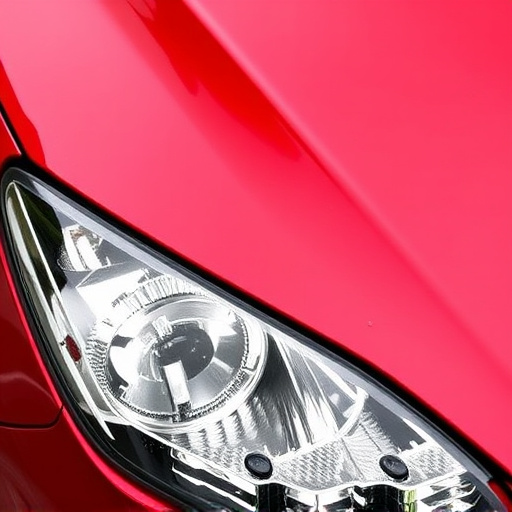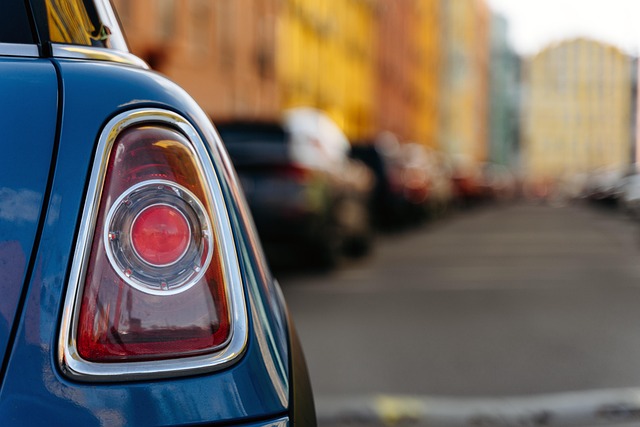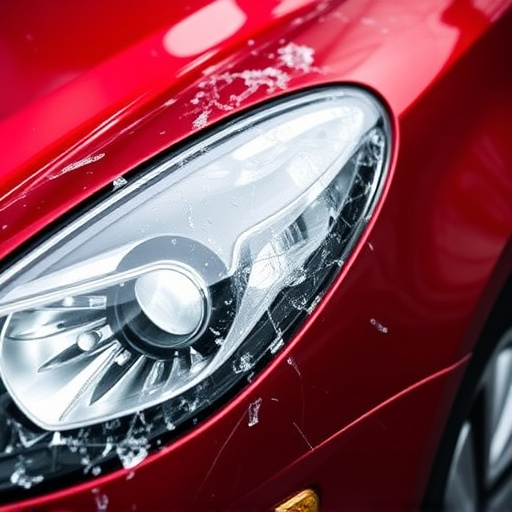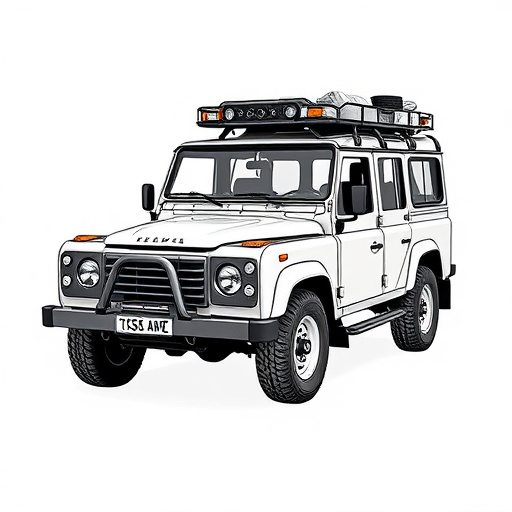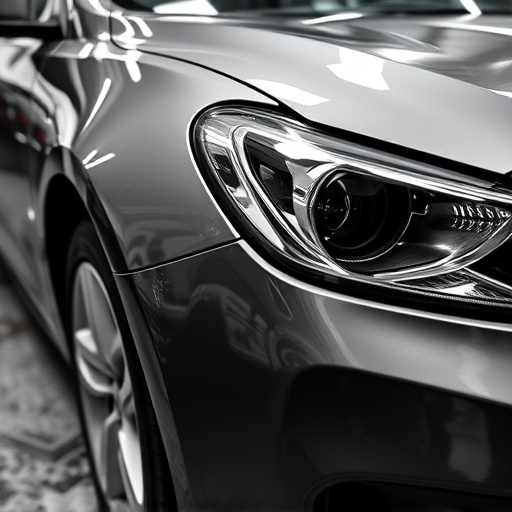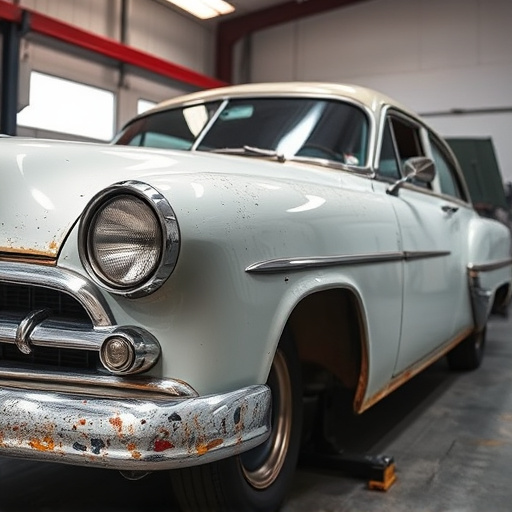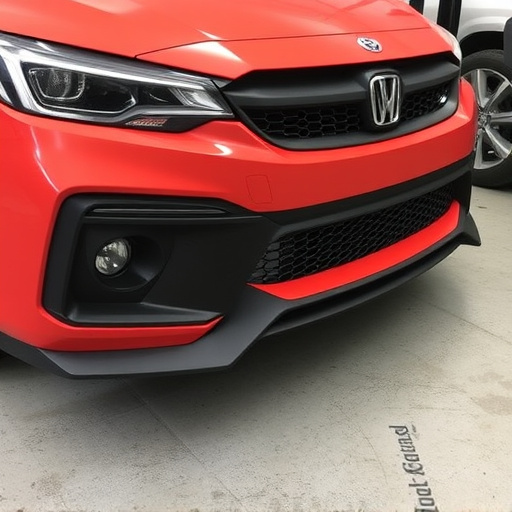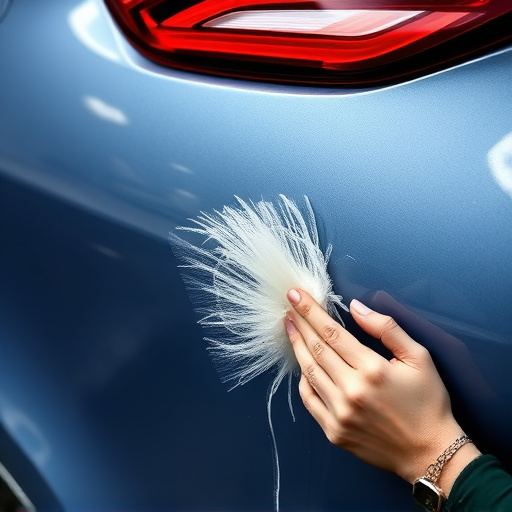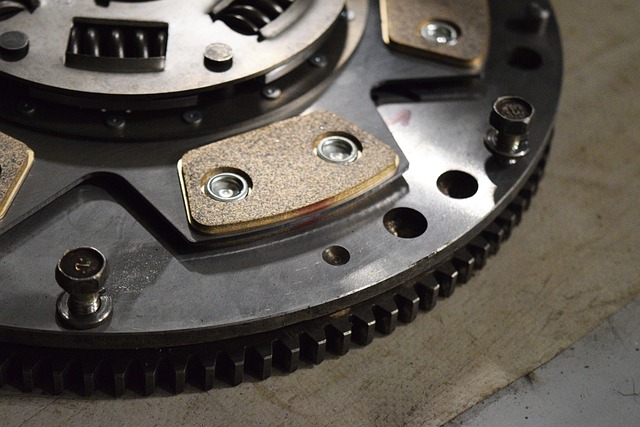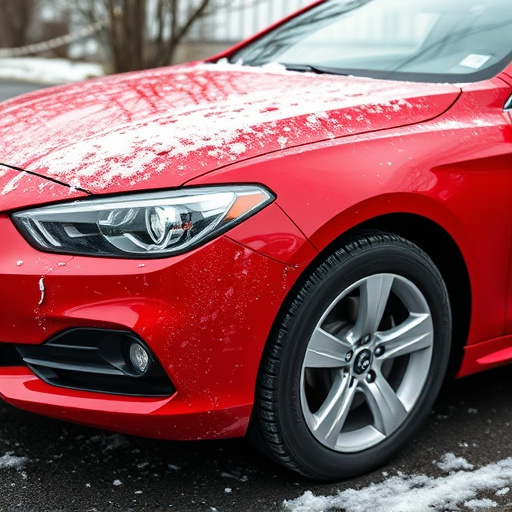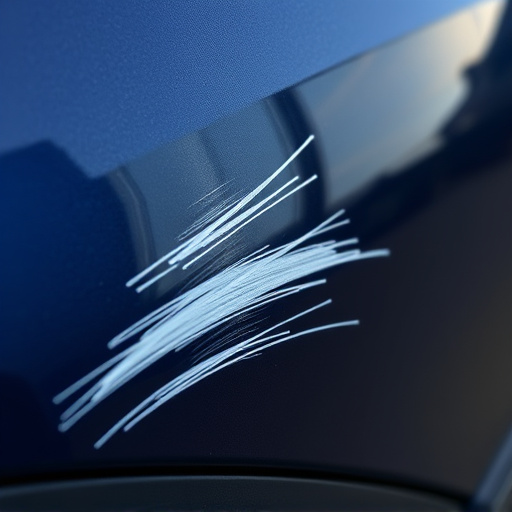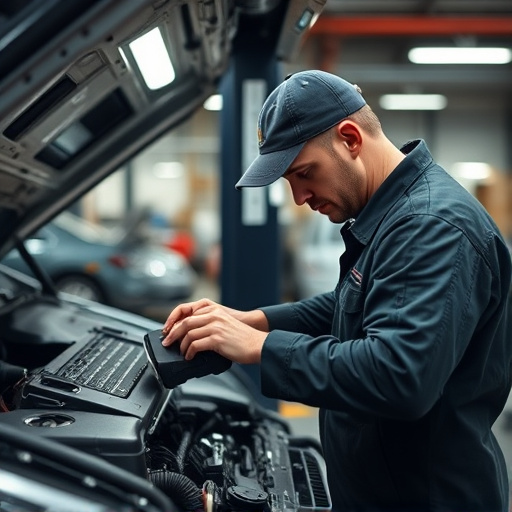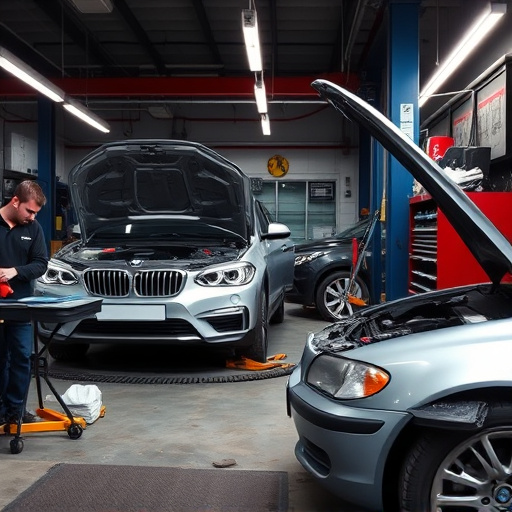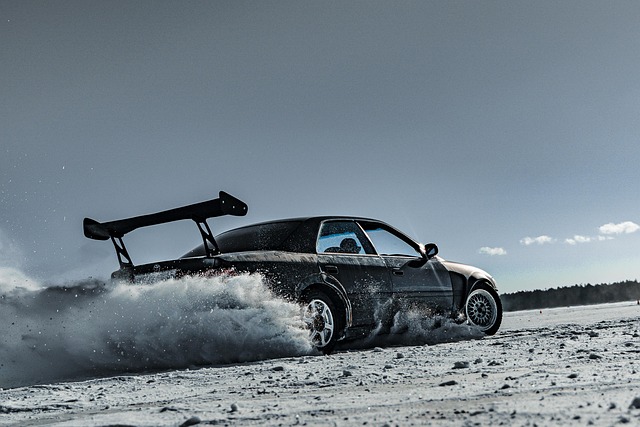Mastering PDR (Paintless Dent Repair) requires investing in specialized tools, including dent pullers, tabbed tools, and rubber mallets, for effective and efficient repairs. The right toolkit, combined with skilled technicians, ensures precision and swift turnaround times, restoring vehicles to pre-incident condition without extensive paintwork, thus pleasing customers. Choosing tools based on dent types, skill level, and durability is key to delivering high-quality, productive auto body repair services.
Elevate your Paintless Dent Repair (PDR) skills with the right tools and innovative digital resources. This comprehensive guide explores the essential elements of perfecting PDR techniques daily, from selecting the ideal tools to leveraging technology and establishing productive routines. Discover how top-tier professionals enhance their practices, ensure consistent quality, and stay at the forefront of this meticulous art using modern solutions.
- Choosing the Right Tools for Effective PDR
- – Types of tools essential for PDR
- – Factors to consider when selecting PDR tools
Choosing the Right Tools for Effective PDR

When it comes to perfecting your PDR (Paintless Dent Repair) techniques daily, choosing the right tools is paramount. The effectiveness and efficiency of your work heavily rely on having the suitable equipment for the job. Consider that PDR involves precise manipulation and healing of car bodywork, so tools must be designed with this delicate task in mind. Look for kits that include specialized tools like dent pullers, tabbed tools, and rubber mallets, which are essential for various stages of the repair process.
Additionally, ensure your toolkit offers a range of sizes and shapes to accommodate different types of dents and car bodywork services. The versatility to handle varying damage levels allows you to tackle a broader spectrum of repairs, making your daily tasks more manageable and efficient. Remember, investing in high-quality PDR tools not only improves the precision of your work but also contributes to faster turnaround times and satisfied customers.
– Types of tools essential for PDR
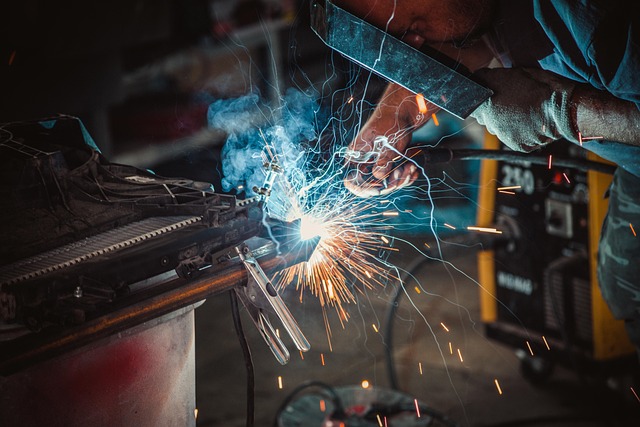
Mastering PDR (Paintless Dent Repair) techniques requires a dedicated toolkit that facilitates precision and efficiency. Essential tools for PDR include a variety of dent removal aids, such as metal detachers, which gently pry out dents without damaging the paint, and tip sets with various size and angle attachments to reach hard-to-get areas. Additionally, a good quality air compressor is indispensable for powering these tools and ensuring consistent performance.
In any auto collision center or car body shop employing PDR techniques, you’ll also find specialized equipment like door sills, which act as guides during the repair process, and gel pads that provide a secure, non-marring surface for tool placement. These tools, combined with skilled technicians, enable the art of vehicle restoration, making it possible to restore cars to their pre-incident condition without the need for extensive paintwork.
– Factors to consider when selecting PDR tools
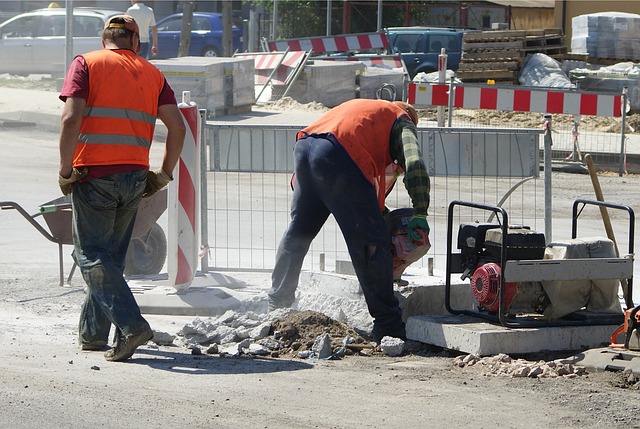
When choosing tools to perfect your PDR (Paintless Dent Repair) techniques, several factors come into play. It’s essential to consider the specific types of dents and damage you frequently encounter in your auto maintenance or car paint services. Different tools cater to various size ranges and severity levels of car damage repair, from shallow dings to deep creases. Additionally, the versatility of the toolset should align with your skill level and the complexity of the repairs you typically handle.
Another critical aspect is the quality and durability of the PDR tools. Opting for high-quality, heavy-duty options can significantly extend their lifespan, ensuring they remain effective over time, even with frequent use in auto body repair services. Moreover, considering a tool’s ease of use, comfort, and ergonomics will contribute to your overall productivity and satisfaction during the car damage repair process.
Mastering PDR techniques requires consistent practice and the right tools. By understanding your specific needs and choosing instruments that align with your goals, you can enhance your daily training sessions. Remember, the right tools make all the difference in achieving flawless results. Incorporate these essential items into your routine to elevate your PDR skills and produce outstanding finishes.
